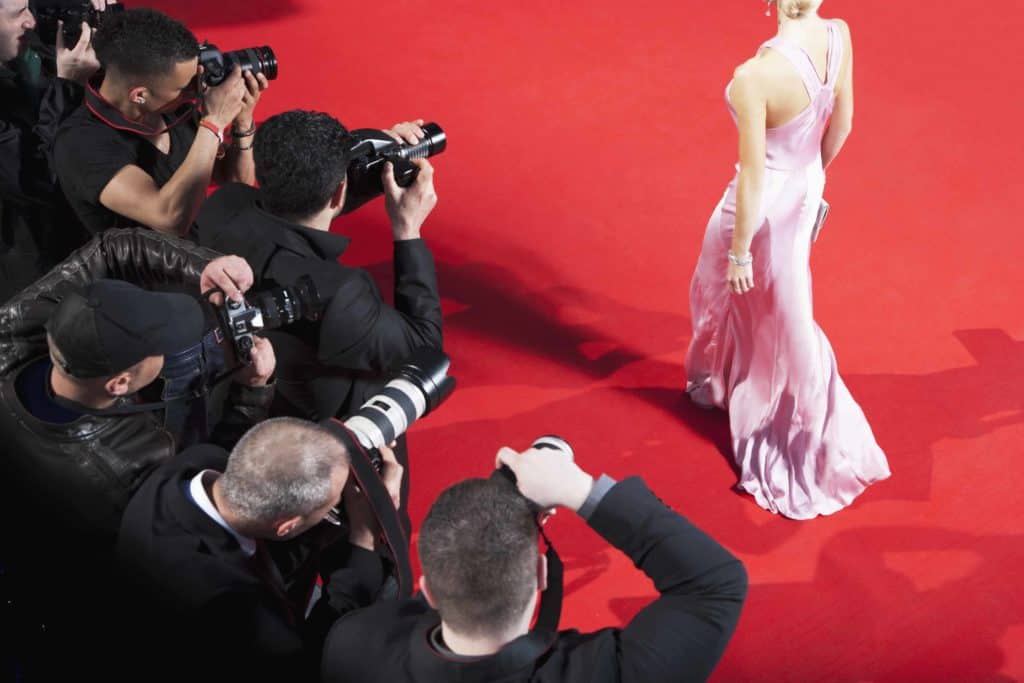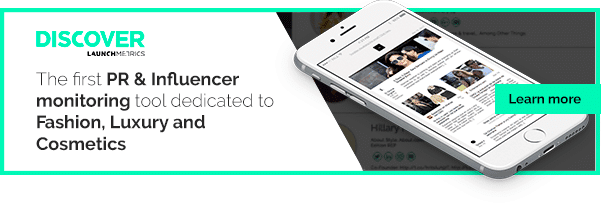Red carpets and the fashion industry have always been tightly intertwined; from Winona Ryder wearing a timeless black dress by Trigère at the 1990 Academy Awards, to Beyonce’s golden see-through Givenchy at the 2015 Met Gala. Red carpets are moments of glamour and luxury, of pure modernity or nostalgia, and they will often set trends for months to come. Even when red carpets become a stage for social or political revendications, such as the #MeToo movement, the world is still attentive to how designers will make their mark.
But with questions starting to arise on whether or not the red carpet is still relevant, you may be wondering if your brand should still jump at the opportunity to dress a celebrity. Yet, when taking the global stage into account, there are three main reasons why red carpet dressing should still be a part of fashion businesses’ strategies.
In this article you’ll learn…
Why Red Carpet Dressing Should Be Part of Your Marketing Strategy
You’ll gain instant exposure worldwide.
Whether it’s the Oscars, Met Gala, Golden Globes or EMI Awards, these events are followed by millions of people everywhere around the world. In real-time on TV and across social media, and then for days after through print and online publications.
Your brand gains instant global exposure at a scale that only few other marketing levers can offer. Every gown worn is photographed and commented on while a select few make the best dressed list. Each of these mentions can have a significant impact on brand awareness, and in many cases increase brand value.
Take a look at how Versace monitored the their red carpet strategy:
It’ll help you stand out from competitors.
Given the spotlight, red carpets can be an excellent opportunity to position yourself as the “it” brand for the season. With all eyes on just a few creations – rather than entire collections á la Fashion Week – it’s easy to compare who stood out versus who missed the mark.
Here’s some data to prove our point: for the Met Gala 2018 we ranked the top 10 brands who dressed celebs by total number of mentions along with the total Media Impact Value™ .Versace, dressing Katy Perry among others, was the most talked about brand and received more than double the number of mentions as Marc Jacobs, the second most talked about brand. These mentions translated into almost $12M in MIV® which has a direct impact on Versace’s brand value. Louis Vuitton, on the other hand only generated about a tenth of the impact with $1.7M in MIV.
Red carpet mentions can reinforce your brand equity.
We can all agree on the importance of brand equity. It’s the reason why Hermès can sell a $10,000 handbag, Supreme can sell out of a product in 6 seconds flat and why Virgil Abloh collaborations have since been given the name the “Virgil Effect.”
At its core, brand equity is affected by how different people — journalists, influencers, and the like — speak about the brand. These voices can significantly influence a brands reputation, for better or for worse, and the red carpet is still a prime opportunity to build the buzz that translates into equity. The digital revolution has further expanded the “red carpet effect” as brands can explore the impact of their own media channels along with using different influencers and partners to create buzz after an event.
Take Halle Berry’s beaded Atelier Versace Oscars 2017 dress for example. It was featured in a slow-motion video set to Bruno Mars’ “Versace on the Floor” and the clip was posted to both Versace and Halle Berry’s instagram accounts which reached almost 20 million people and generated over 650,000 views.
Convinced? Here’s how to monitor your red carpet success:
Whether you’ve landed on the best or worst dressed list, it’s critical to have an accurate account of all the times and places your brand has been mentioned – especially from influential industry members like key publications, bloggers or other influencers. This not only spans social media coverage during the event, but print and online coverage that takes place for weeks after the event as well.
While it’s somewhat easy to get a record of all the times your brand has been tagged on Instagram, it can get somewhat tricky gathering all of your mentions across print and online publications. Media monitoring platforms, like Discover by Launchmetrics, take the stress out monitoring coverage from the red carpet. Smart filters automatically filter out irrelevant mentions so you can track only coverage related to the event plus qualification tags, making post-red carpet reports available at the click of a button.

